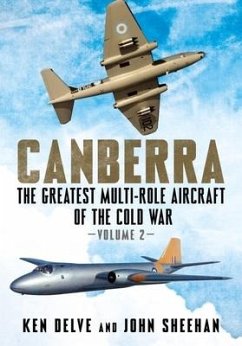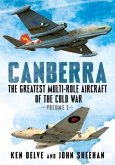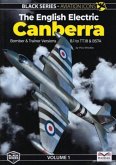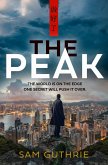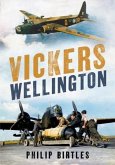"...highly recommended for Canberra aficionados. There are dozens of interviews with RAF personnel as well as those of other air forces."--The Journal of the Air Force Historical Foundation An aviation legend designed in the mid-1940s, the Canberra entered service in 1951 with RAF Bomber Command. It served in the conventional, interdictor and nuclear bomber role with the RAF, in the UK, Germany, the Middle East and Far East. Its performance and adaptability made it ideal as a reconnaissance aircraft, and the final version, the Canberra PR9, only finally retired in July 2006! The Canberra was used in many support roles, especially in signals / electronic warfare. The Canberra was adopted by air forces from South America to Africa and India, as well as Australia and New Zealand, and license-built as the Martin B-57 served. It was involved conflicts from the Suez War and Malaya Confrontation, and various other hot spots with the RAF, to the Australian and USAF ops in Vietnam, and even the India-Pakistan War when both sides used Canberras, and the 1982 Falklands War. Used in trials and evaluation the Canberra held various height and speed records, and NASA's High Altitude Research Program WB-57s are still active. The Canberra has also had dedicated enthusiasts, and aircraft (or cockpits) still survive in museums, as well as some in flying condition.
Bitte wählen Sie Ihr Anliegen aus.
Rechnungen
Retourenschein anfordern
Bestellstatus
Storno

